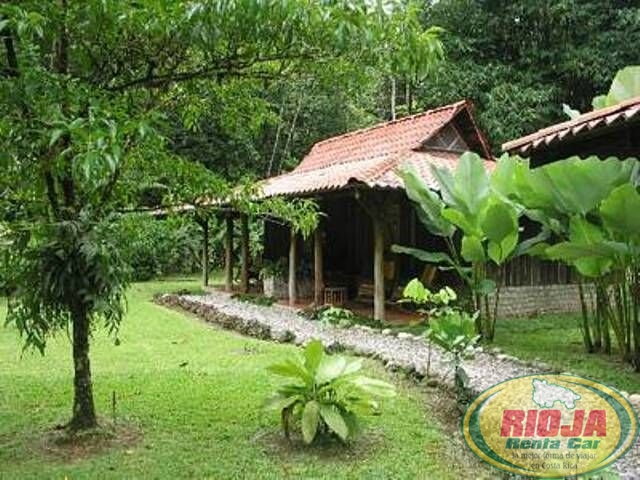
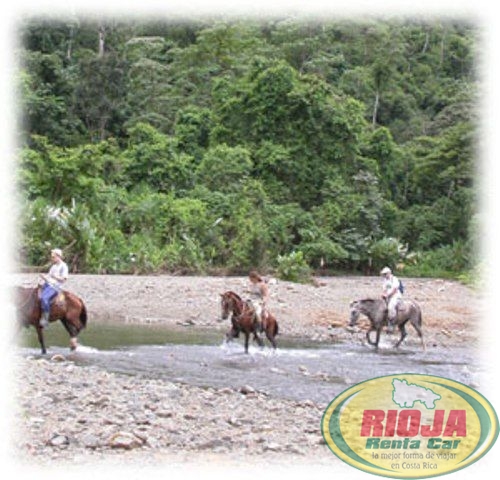
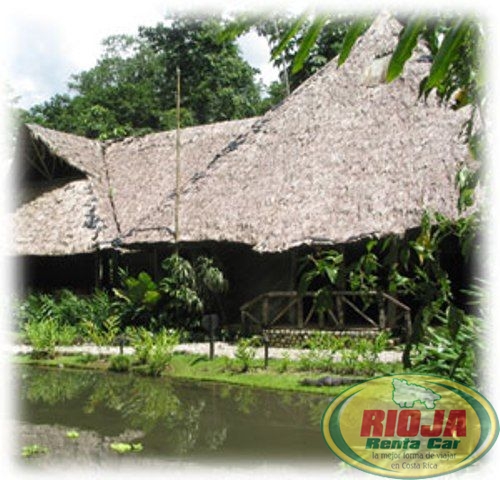
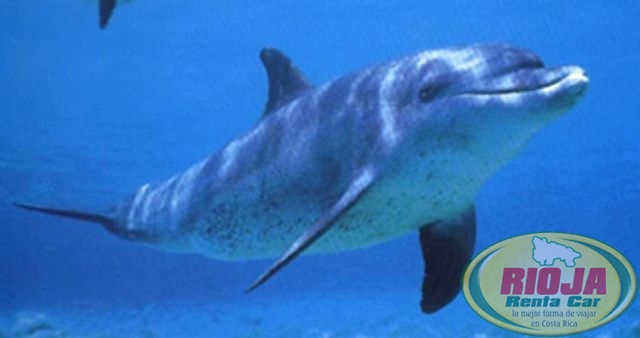
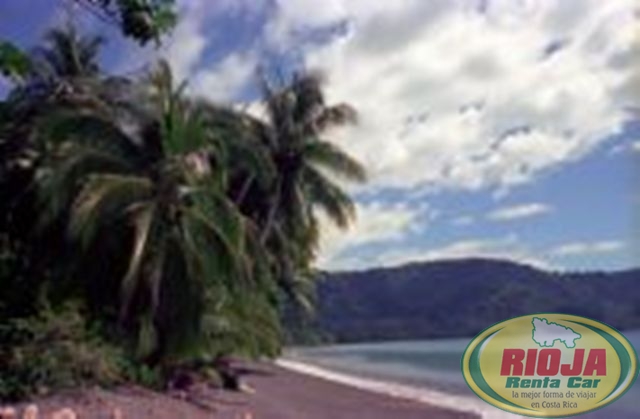
It is located west of the town of Golfito, in the northwest of the road, Inter, Piedras Blancas sector in the province of Puntarenas on the south and the Golfo Dulce. Bordered on the east by the National Wildlife Refuge Golfito and west to the Golfo Dulce
Area: 14.025 hectares (33.660 acres)
Responsible: 17/7/91
CONSTRUCCIONES Y SERVICIOS
There are three short trails near the operations center, which show extensive biodiversity, streams, and a tropical rain forest of majestic features.
The trip by the river Corners ecotourism is an alternative. This river is navigable about five miles from the pier and Golfito.
Very close to the Piedras Blancas National Park, is the town of Golfito, where there are all kinds of services to make it more comfortable and enjoyable trip.
Today it has a land area of 14,750 hectares of land and 1,200 marine hectares.
IMPORTANCE
This area was created to protect the last of the tropical rainforest area of Golfito and the Río Esquinas.
This land was part of the Corcovado National Park, but its size and geographical location became a national park, so it is best protected by the National Parks.
WEATHER
Its climate is very humid tropical rainforest, with a smaller dry period between March and April. The rainy season is from May to February and the annual rainfall varies between 4,000 and 6,000 mm. The temperature is warm, the annual average is 28 degrees centigrade.
FLORA AND FAUNA
Its characteristic vegetation is tropical humid rain forest of the Pacific watershed of Central America. The land is partly acid and vegetation consists of trees up to 50 mts. height as the ceiba, Nazarenes and the pylon, many of these loaded with a variety of mosses and epiphytes, plus a variety of ferns.
This fauna is very diverse, include species such as jaguars (Panthera onca, paca (Agouti paca, Guatuza (Dasyprocta puntacta, Sain (Tayasu tajacu and tigrillos Caucel (Felis wiedii.
The birds are also presented in great variety, both in density and the wooded shores of the coast, especially the presence of the parrots and scarlet macaws Ara macao, the largest in the world, accompanied quetzales (Pharomachrus mocinno of the most beautiful continent, yigüirros (Turdus plebejus, hummingbird (Amazilia tzacatl), turkeys (black Chamaepetes unicolor, hawks crabs (Buteogallus anthracinus some toucans (Pteroglossus frantzii and Buchón pelican (Pelicanus occidentalis. The presence of amphibians is remarkable, especially the red frogs Poisonous (Dendrobates granuliferus) and many other species.

 English
English






